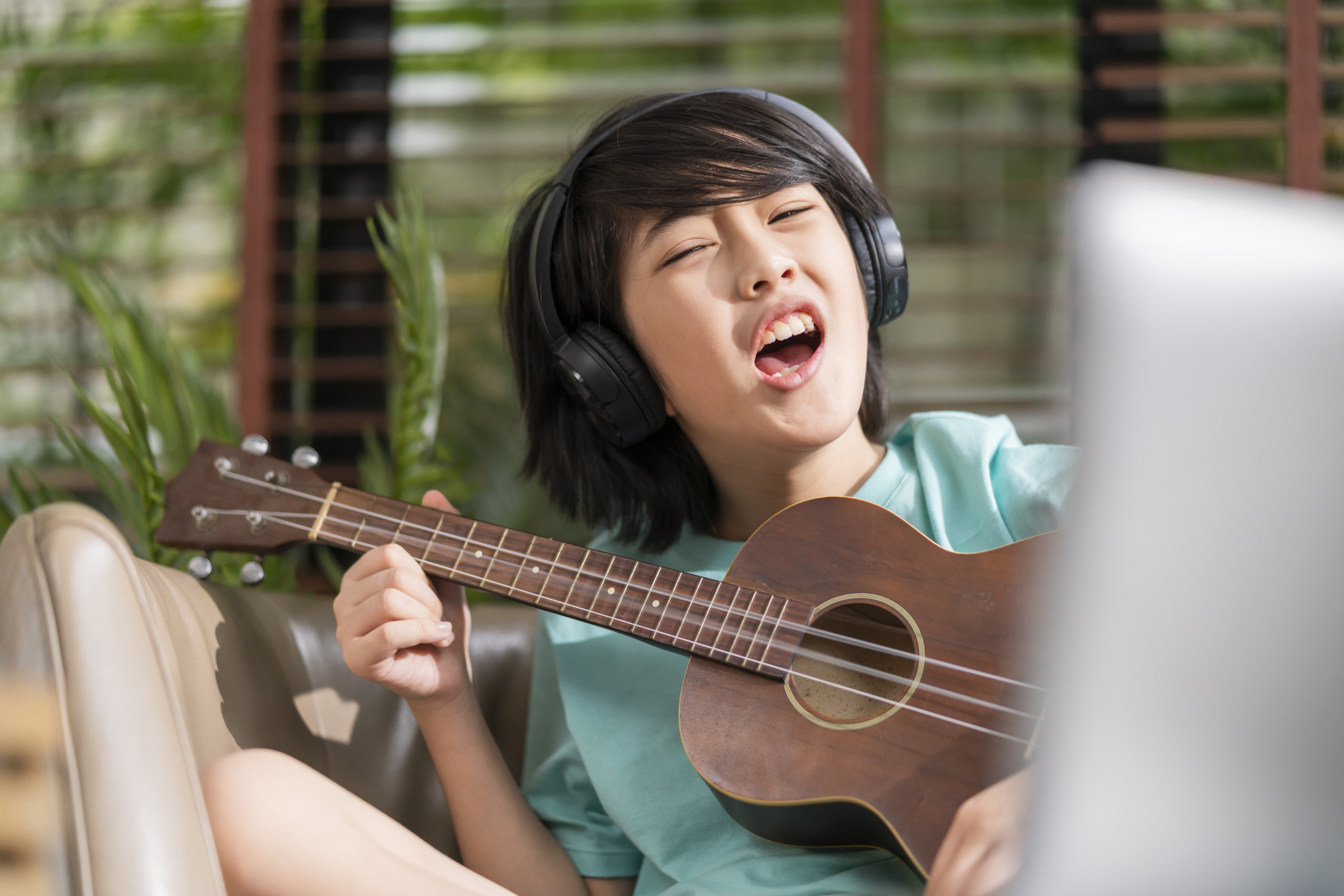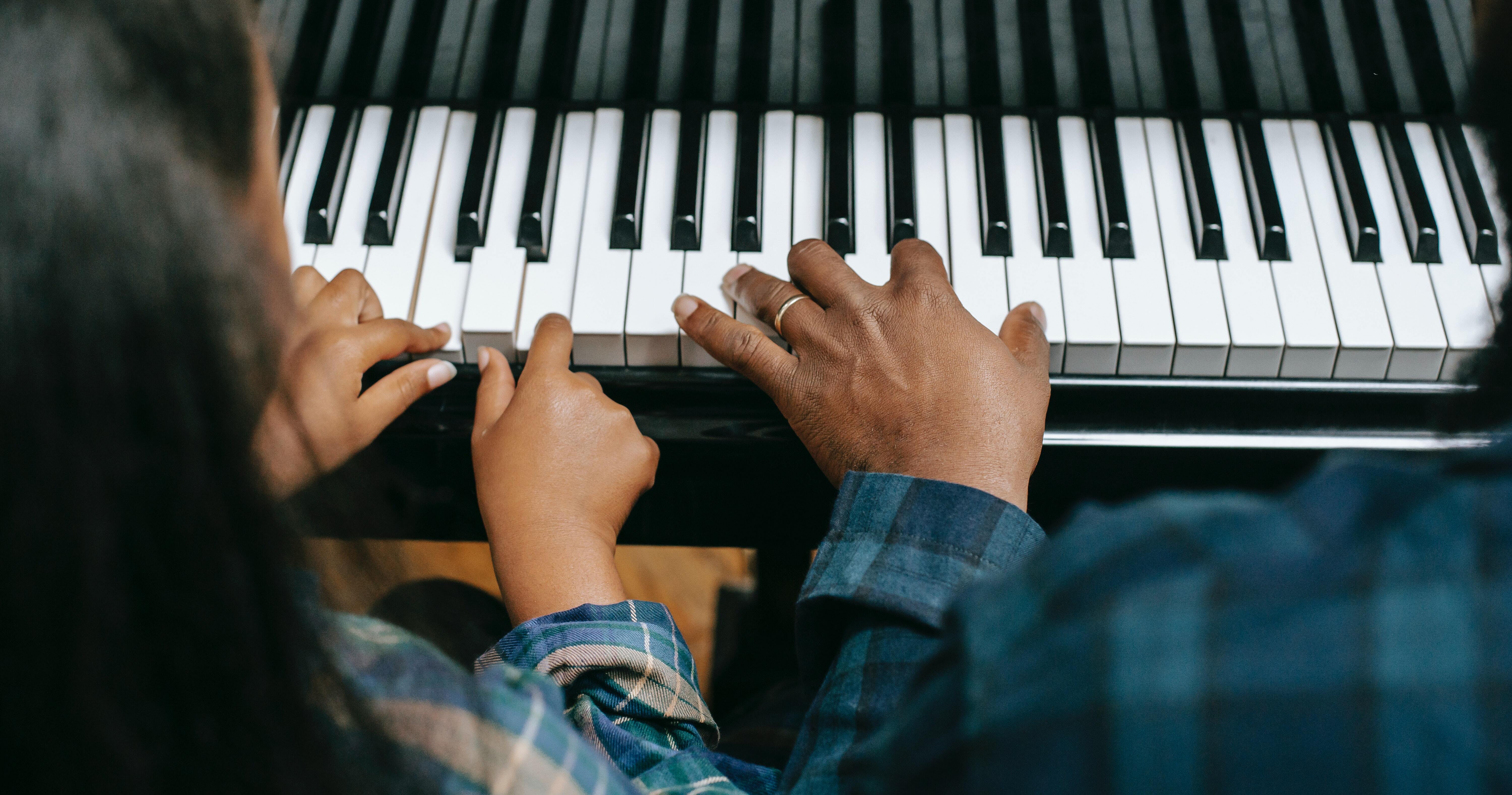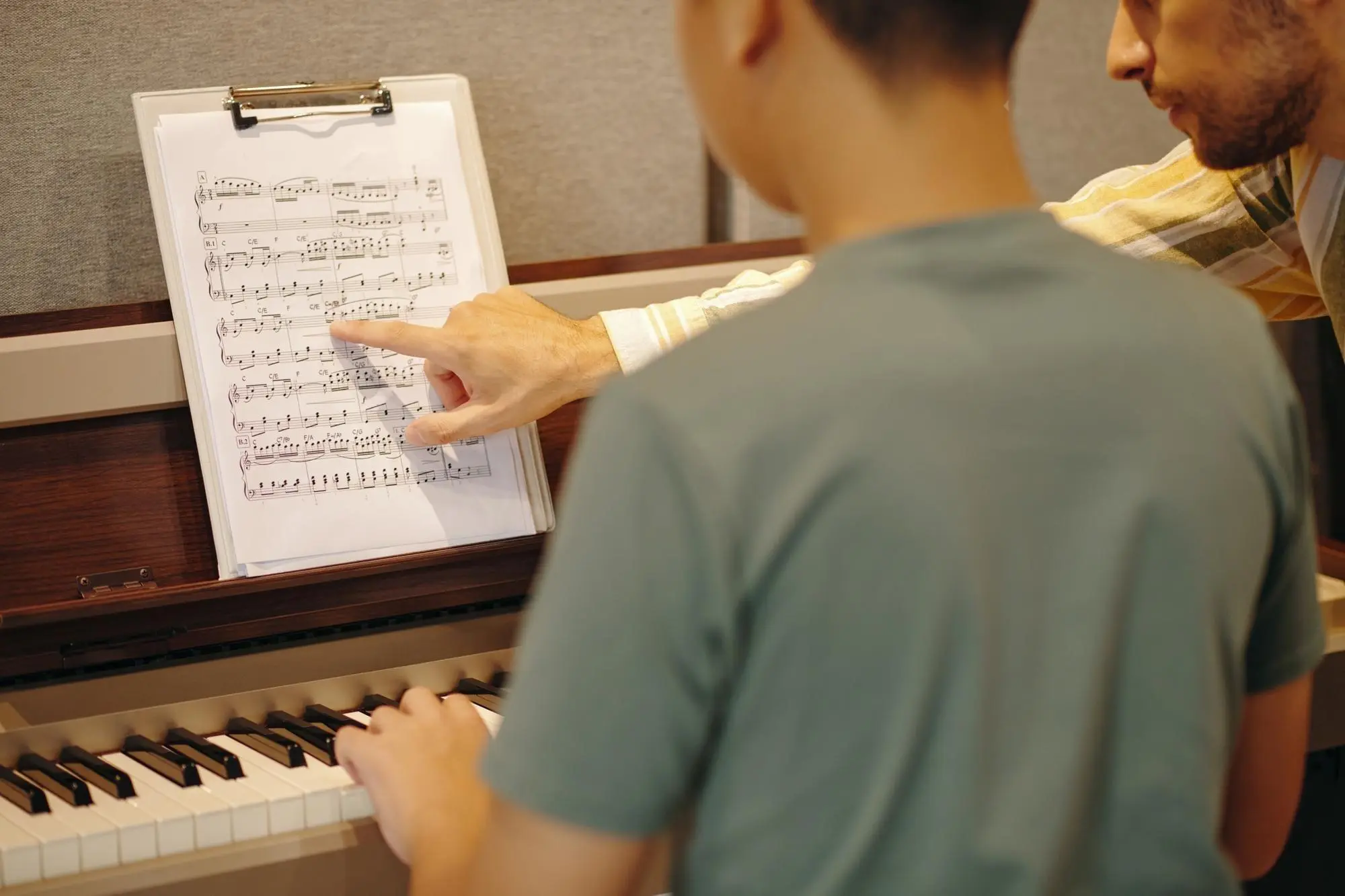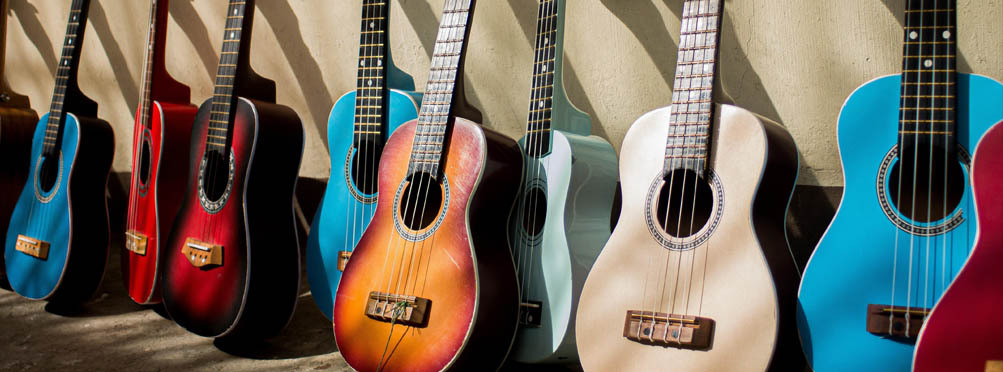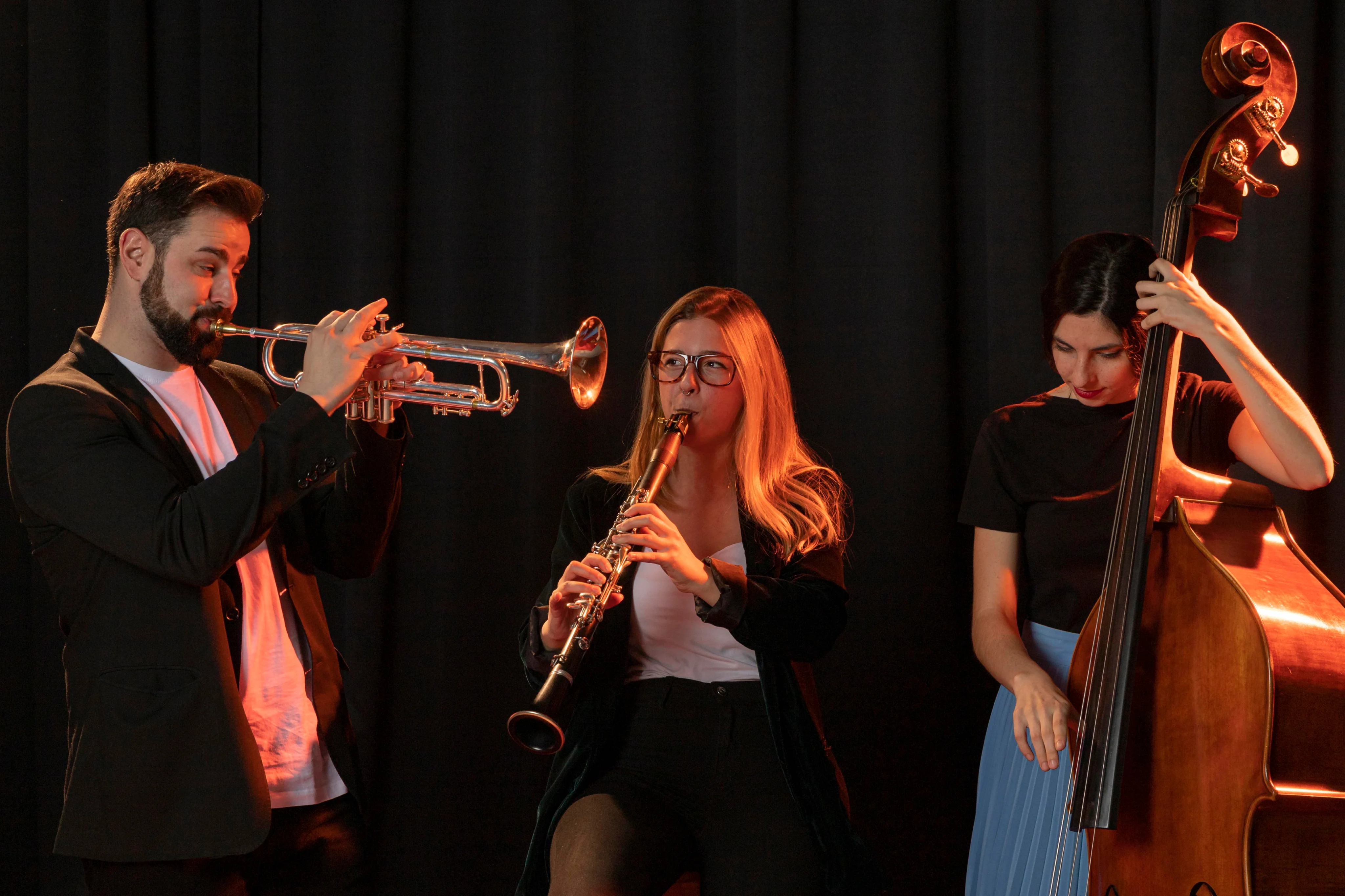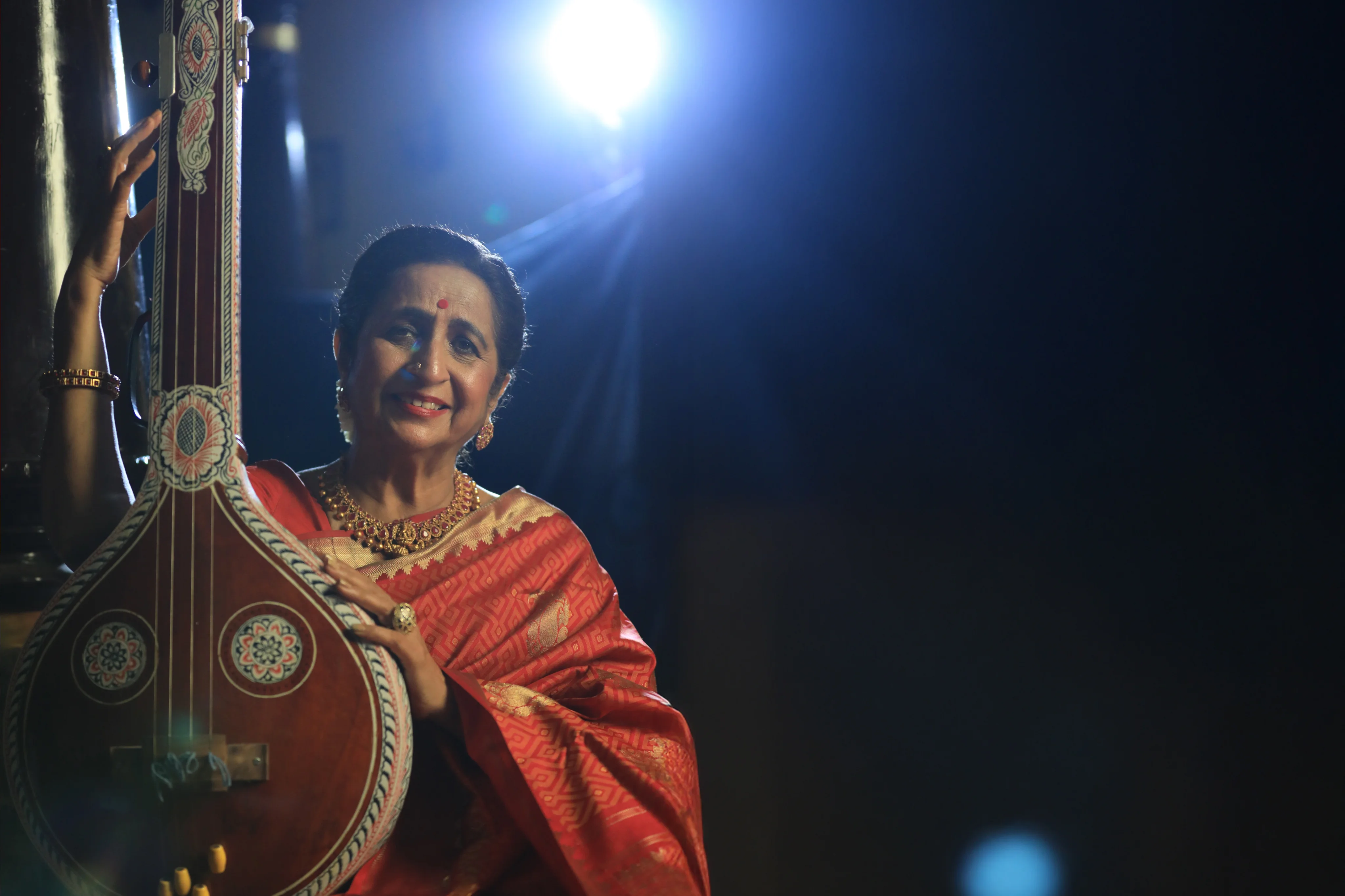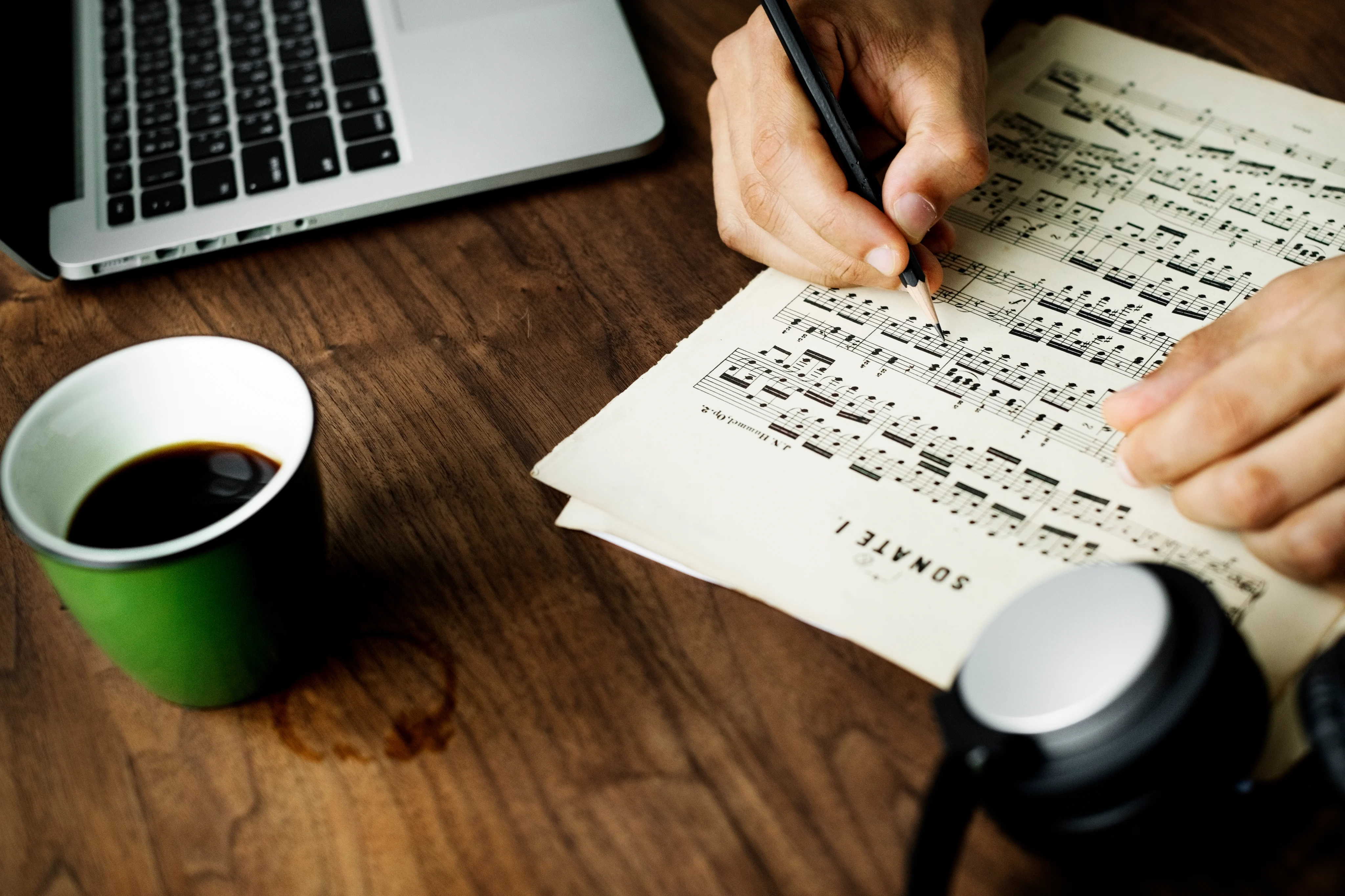The world of Indian classical music is rooted in centuries of tradition, innovation, and expression. It dates back thousands of years to the Vedic Period, drawing from ancient scriptures like the Vedas. These incredible traditional Indian music forms have been a base for spiritual and emotional expression, where it isn’t just for entertainment but also a way to connect the human experience with the divine.
There are many Indian classical music compositions, each with its unique features, historical roots, and performance contexts. The different composition types offer unique ways to comprehend life, spirituality and artistic discipline, from the soul-stirring ragas to complex talas. These compositions are known for having complex structures and showcase a profound purpose in connecting individuals to tradition.
Types of Compositions in Hindustani Classical Music
With the use of melodic vocals and harmonising instruments, Indian Classical music has been built on expressions and spirituality. There are quite many styles that make up Indian classical music compositions.
Each has its own style and rules, such as:
- Khayal: Considered one of the most popular–Khayal is known for its improvisational freedom. This allows performers to explore the nuances of a raga and helps to build their style. Focusing on vocals, Khayal performances tend to highlight emotional expressions, taking on topics such as love, devotion and nature. Khayal can be traced back to 13th-century Sufi musicians and Mughal Courts in the 18th century. Over the years, it has evolved through various schools that implemented their styles.
- Dhrupad: Being the oldest one of traditional Indian music forms, Dhrupad is known for its meditative style. It follows a rigid structure that highlights the purity of ragas. Dhrupad was normally sung in royal courts and temples with an emphasis on its spiritual intensity.
The lyrics explore the themes of spirituality, mythology and philosophy, originating from ancient Prabandha styles. This theme went on to flourish under Emperor Akbar in the 16th century. Even though its popularity dropped around the 19th and 20th centuries, it has begun to gain more traction and popularity with the help of modern musicians.
- Thumri: A style often considered romantic, allows singers to express emotion through ornamented, lyrical passages. Thumri’s compositions revolve around love and devotion, drawing inspiration from the tales of Krishna and Radha. Emerging in the 19th century, Thumri grew in popularity in the courts of Lucknow and established itself as a distinct genre in Indian music, blending classical music with folk and regional elements, further becoming a medium for emotive expression.
- Dadra: Similar to Thumri, Dadra has a lighter, semi-classical form with a lyrical mood. It has a slightly faster tempo than Thumri, allowing for a more playful take. Like Thumri, the compositions of Dadra often deal with themes of love and separation in both romantic and devotional contexts. Dadra originated in the early 20th century and has taken heart in music salons and gatherings. Many artists tend to pair Dadra and Thumri together, allowing for a softer and more accessible facet of Hindustani classical music.
- Tappa: Coming from Punjab, Tappa has a classical form, ornamental and romantic. Known for its brisk and intricate vocal style, Tappa requires high technical skills because of its fast-paced, repeated phrases with quick transitions. It is less meditative and more energetic than the other forms. Performers can showcase their ability through improvisation and rhythmic patterns, which are quite challenging. Originating in the 18th century, Tappa gained popularity in North India and has stayed as a dynamic but challenging form for performers.
Characteristics of Different Compositions
Indian classical music compositions have unique characteristics, defined by their respective approaches to tala (rhythm), raga (melody), emotional intent, and lyrical themes. Let’s take a look at each one:
- Khayal
- Tala: Often done in two parts: vilambit (slow) and drut (fast). The vilambit khayal normally consists of longer rhythmic cycles, allowing for slower, detailed improvisation. Drut, on the other hand, is quicker, allowing for a dynamic shift in tempo and energy.
- Raga: A Raga in Indian music has its specific rules and techniques and Khayal sticks to the melodic rules of a raga. The singer starts slow, establishing the tone and mood and then introduces the composition with a rhythmic elaboration.
- Lyrical Content: The lyrics in Khayal are focused on emotions such as love, longing, devotion or nature’s beauty. These are short, poetic lines that serve as a foundation for improvisation and emphasise the sound and mood of the words.
- Emotional Expression: Khayal emphasises emotions, focusing on feelings like longing and peace. With the freedom of improvisation, artists can interpret their understandings and implement such feelings uniquely into their performances.
- Dhrupad
- Tala: Drupad compositions are normally set to a certain number of beats like 7 beats, 12 beats and 14 beats. This lends them to a strict, meditative pace and doesn’t allow for much improvisation.
- Raga: Dhrupad explores a pure form of the raga with a systematic approach to explore note by note. There is a higher focus on clear intonation and accurate representation of each note.
- Lyrical Content: Written in Sanskrit or Hindi, the lyrics tend to be philosophical. Themes such as devotion to deities, virtues, and reflection on nature are common and induce the feeling of meditation.
- Emotional Expression: Intended to evoke introspection and reverence, Dhrupad emphasises the purity of notes and disciplined delivery. This allows for the creation of a stern and contemplative atmosphere.
- Thurmi
- Tala: Compositions are normally upbeat and lighter, allowing for fluidity and flexibility in rhythm. Artists are then able to improvise more with less rigid timing, enhancing the quality of an emotive expression.
- Raga: With the use of lighter ragas, artists can build higher levels of emotive expressions, sometimes even blending multiple ragas to enhance the mood. Here, Thumri is more focused on improvisation when compared to Dhrupad, with strict adherence to a single raga.
- Lyrical Content: Lyrics are an important part of Thumri and usually revolve around the themes of love, separation and longing. This makes the lyrics of Thumri more personal and invites the listener into the emotional narrative.
- Emotional Expression: Thumri is highly expressive. Due to the freedom of expression and improvisation, artists can experiment with rhythms and melodies and bring depth to their storytelling.
- Dadra
- Tala: Dadra normally follows a 6-beat flow, which lends to a gentle, lifting feel that connects with delicate, romantic or devotional themes.
- Raga: Similar to Thumri, Dadra compositions are normally of lighter ragas, where a relaxed and moody melody is made. Artists may bring subtle changes to enhance the feel and emotions.
- Lyrical Content: Lyrics for Dadra revolve around devotion and love, especially longing and joy. They focus on emotion and mood instead of storytelling. This leads to the lyrics being repetitive.
- Emotional Expression: Dadra aims to evoke emotions, bringing out feelings such as tenderness and playfulness. When compared to Thumri, it is a lot more informal which allows artists to connect with the audience on a deeper and intimate level.
- Tappa
- Tala: Compositions for Tala need a steady, lively rhythm. This compliments the form’s fast-paced tempo and intricate vocal style, demanding precision and stamina.
- Raga: Tappa adheres to lighter ragas but requires the artists to perform intricate phrases rapidly. That adds to the challenge. The melodic phrases themselves are short, repetitive and ornamented.
- Lyrical Content: The lyrics are in Punjabi or Braj Brasha and revolve around romance and separation. The lyrics are short and repetitive, which allows the performer to focus on the complexities of rhythm and melody.
- Emotional Expression: Dynamic and energetic. That is what Tappa is, evoking liveliness and intensity. The style is meant to show mastery of technique and highlight the intensity of emotions such as longing with the help of rapid notes.
Importance of Learning Various Compositions
You must learn the variations amongst traditional Indian music forms and compositions. It will help you understand the incredible complexities of the genre’s depth, flexibility and expressive potential. All the composition types namely, Khayal, Dhrupad, Thumri, Dadra, and Tappa provide a unique look into rhythms, melodies and emotions.
While taking Indian classical music lessons, students will come to understand that mastering the different rhythmic cycles across compositions will help develop a nuanced understanding of rhythm. Mastering the melodic structures will also help build their technical skills and confidence, allowing students to portray a wide range of emotions and moods through their music.
Emotion has always been a highlight of the compositions–reverence in Dhrupad, romance in Thumri, playfulness in Dadra, and intensity in Tappa. Conveying the exact emotion through the various ragas in Indian music to the audience is an incredible talent, and by learning how to do so, students can gain a deeper understanding of musical expression. Connecting with the audience through this is a fantastic way to ensure that you make an impact.
Taking the chance to learn different Indian classical music compositions will improve and prepare you for diverse performances. Being adaptable will help you reach multiple audiences and ensure that your performance can be memorable. Along with this, having such a strong foundation can allow you to innovate even more with the different styles and pieces of music, bringing in high levels of versatility.
How Compositions Are Structured in Indian Classical Music Lessons
Like all other music classes, compositions in traditional Indian music forms are introduced gradually, progressing steadily as your skills, abilities and understanding improve. A big aspect of Indian classical music is the guru shishya (teacher-student) format. A teacher guides their apprentice through different aspects of the compositions through vocal practice, improving the understanding and skills of the student.
The learning stages are simple–basic building blocks, foundational exercises and imitations. At the intermediate level, more complex ragas and forms are introduced, helping students understand emotional depth. Alongside this, students can also start understanding how to improvise and begin building a personal style. Finally, the advanced level is where students finally begin learning more about complex and challenging compositions.
Conclusion
It is visible that with all of the compositions in Indian Classical music, you can follow your interest and go down the route of a specific style that you resonate with. Taking the time to slowly learn, understand and perfect this genre of music can enhance your view on music and its various connections, whether it be through love, devotion, excitement and more.
The enriching experience that can be earned is something that is unlike any other. With the help of talented teachers on our platform, you can dive in and experience the incredible world of Indian classical music. They can guide you along the right path and ensure your skills and abilities blossom to the fullest. It may be tough at first, but understanding the intent, intricacies and resonance with the music will help you in your journey. We, at Artium Academy, can help you embrace the world of Indian classical music.

.webp)
.webp)

